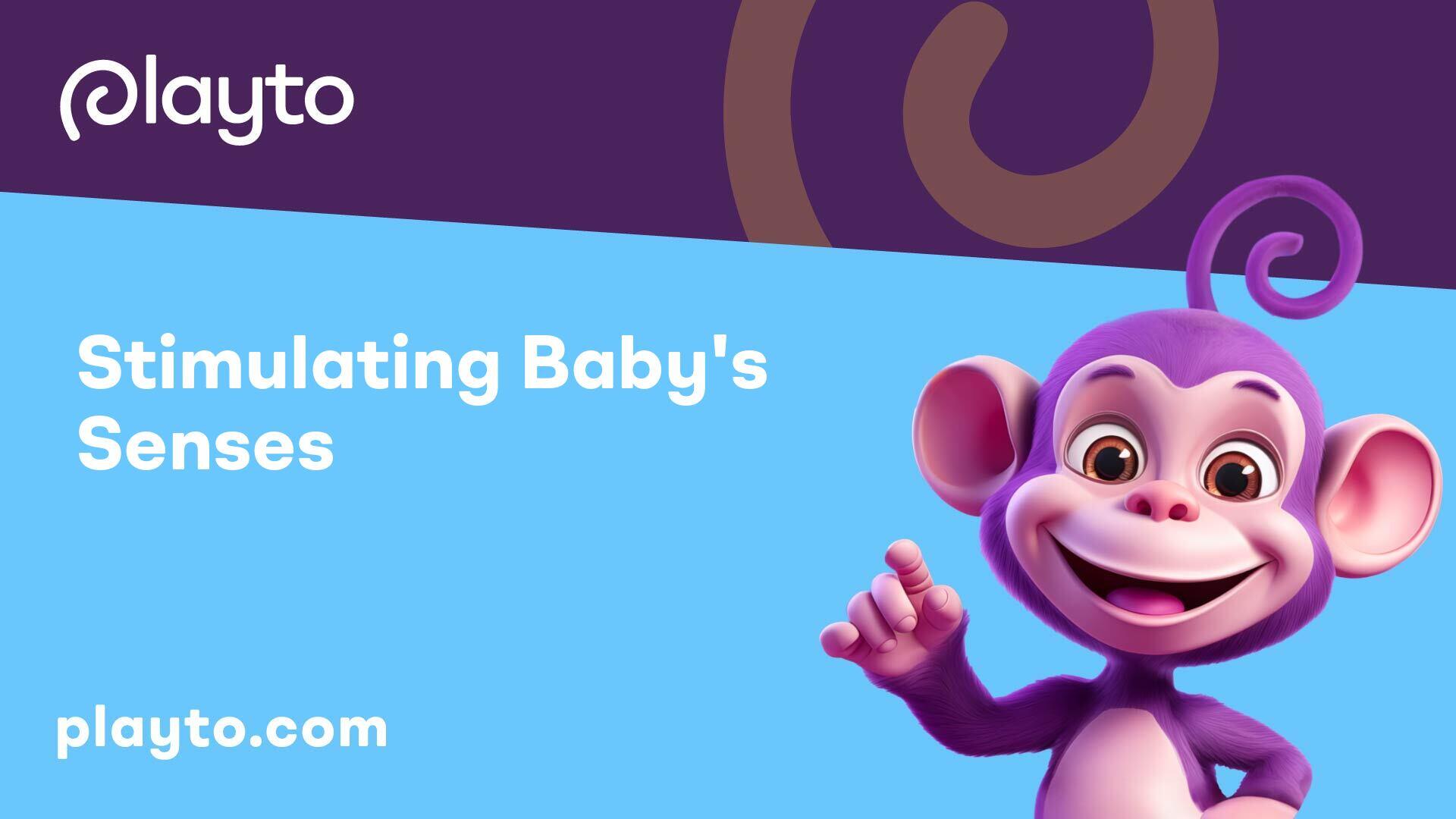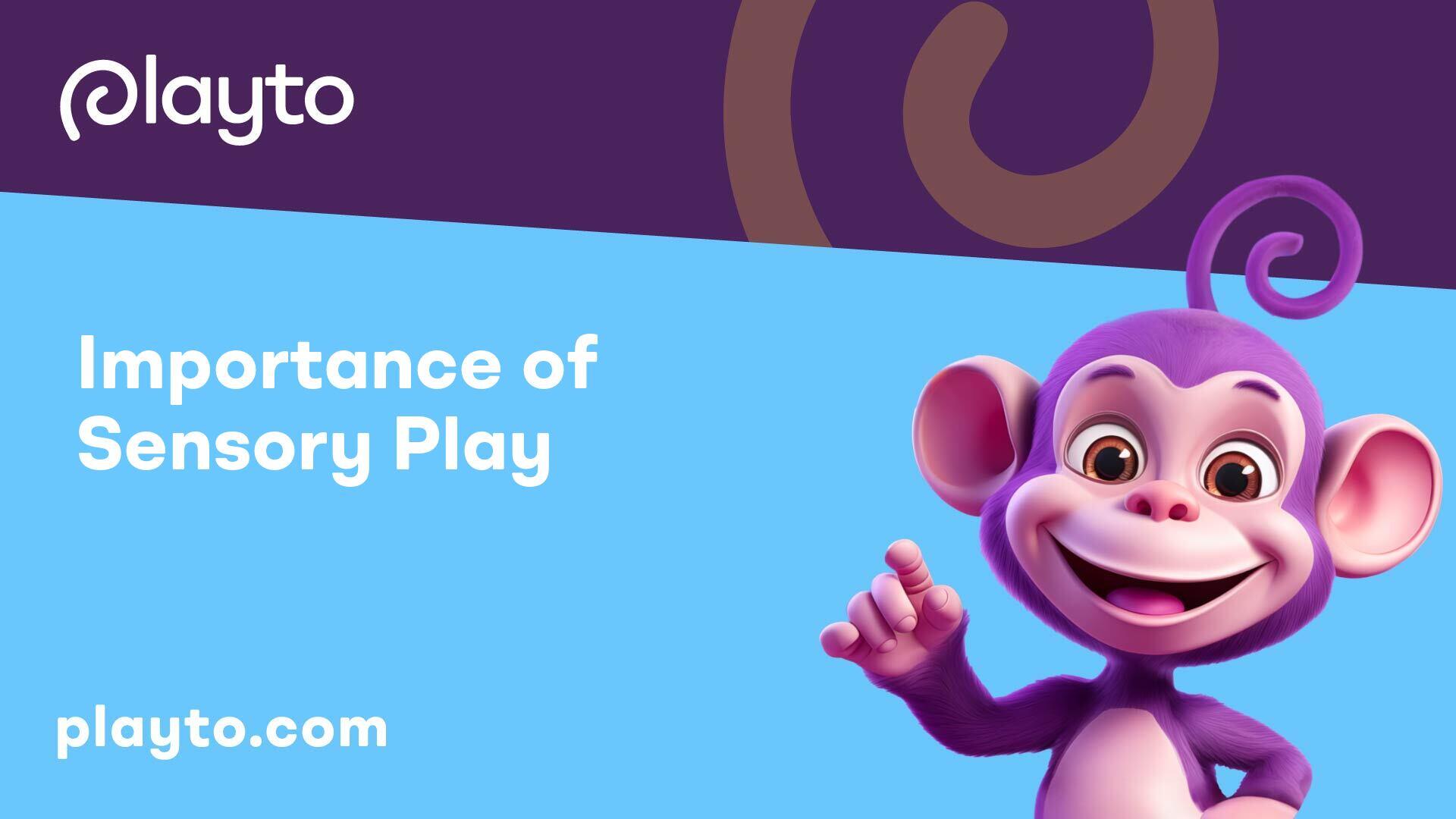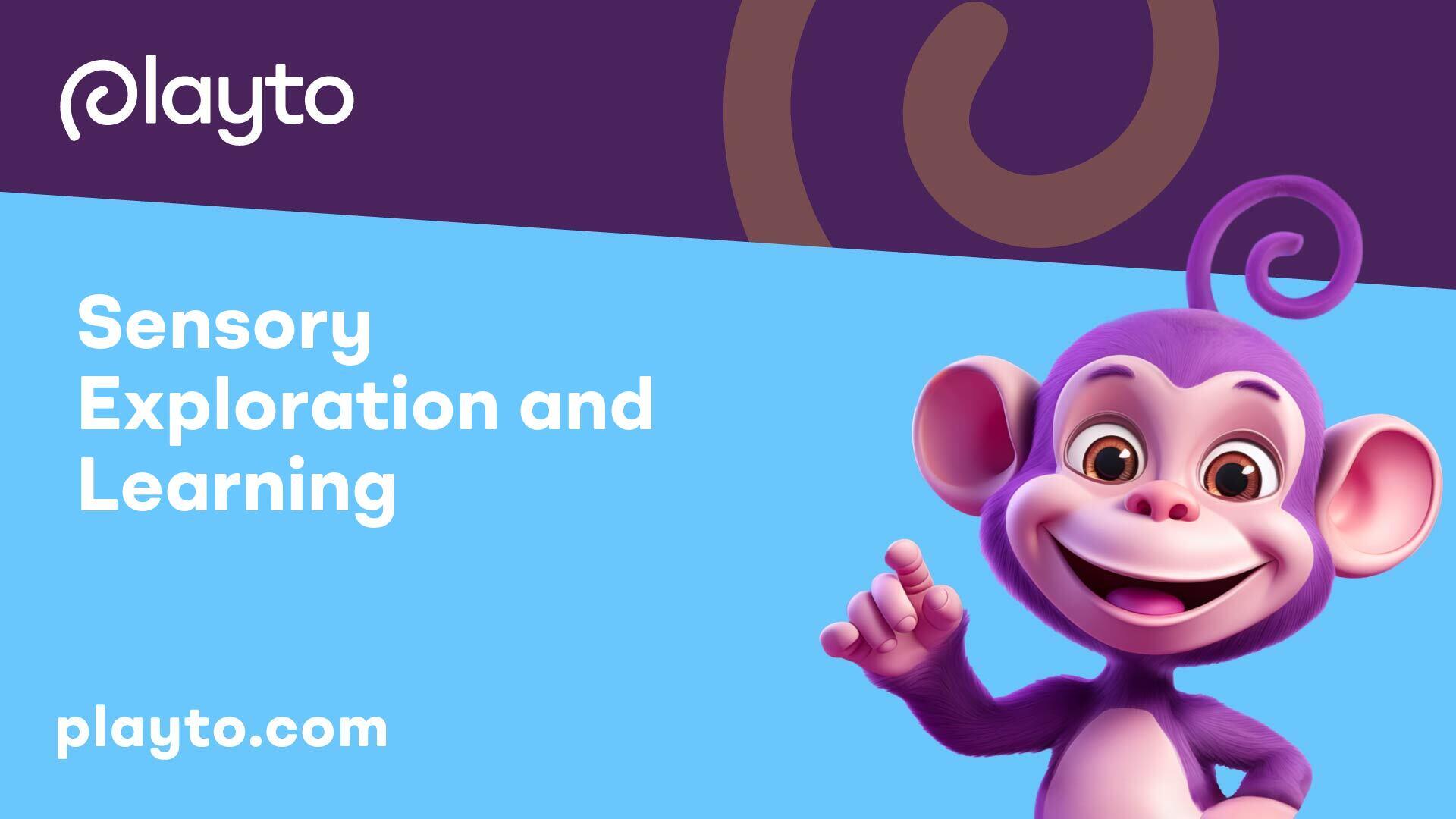
Stimulating Baby's Senses
Enhancing sensory experiences for babies is crucial for their overall development and learning. Tailoring activities to their age-specific needs can enrich their sensory perception and cognitive abilities. Let's explore sensory activities tailored for different age groups: 0-3 months, 4-6 months, 7-9 months, 10-12 months, and 13-18 months.
Activities for 0-3 Months
During the initial months of life, babies are absorbing the world around them at a rapid pace. Simple yet engaging activities can help stimulate their senses. For babies aged 0-3 months, activities may include:
Activities for 4-6 Months
As babies reach 4-6 months, their curiosity and motor skills start to develop. Sensory exploration activities can help further their sensory experiences. Parents can engage babies in activities like:
Activities for 7-9 Months
Babies aged 7-9 months are becoming more interactive and responsive. Sensory activities at this stage can promote cognitive growth and understanding. Some activities for this age group include:
Activities for 10-12 Months
By the time babies reach 10-12 months, they are more mobile and explorative. Providing stimulating experiences can support their sensory and motor skills development. Ideal activities for this age group involve:
Activities for 13-18 Months
As babies progress into the toddler stage (13-18 months), their sensory capabilities continue to evolve. Engaging activities can encourage their growing independence and cognitive skills. Suitable activities for this age bracket may involve:
By providing age-appropriate sensory activities, caregivers and daycare providers can play a significant role in nurturing babies' sensory development and fostering a supportive environment for their overall growth and learning.

Importance of Sensory Play
Engaging in sensory play is a fundamental aspect of a child's development, especially within a daycare setting. The activities provided in daycare play a crucial role in stimulating the senses of infants and young children, aiding in their overall growth and learning process.
Developmental Benefits
Sensory play involves stimulating children's senses, encompassing touch, sight, hearing, smell, and taste. This interaction with various sensory stimuli helps children to comprehend and engage with the world around them from an early age [2]. Children, even babies, rely on their senses to explore and understand the environment surrounding them. By touching objects, playing with toys, listening to sounds, and even tasting different items, they actively learn and build cognitive connections [3].
Inclusive Nature
Sensory play is inclusive, catering to children's diverse learning styles and needs. By engaging multiple senses, such as touch, sight, and hearing, sensory activities provide a holistic learning experience that accommodates various developmental stages. This inclusive approach ensures that each child can participate and benefit from the sensory play activities available in a daycare setting.
Brain Development
Participating in sensory play in early childhood is instrumental in laying the foundation for cognitive development. Through sensory experiences, children's brains form neural pathways that are essential for processing information and engaging in more complex learning tasks as they grow [4]. These activities support crucial aspects of child development, including language acquisition, cognitive abilities, problem-solving skills, social interactions, emotional regulation, and the refinement of motor skills. Overall, sensory play fosters a well-rounded development from infancy to early childhood by encouraging exploration, experimentation, and learning through hands-on experiences.
By recognizing and promoting the importance of sensory play in daycare settings, caregivers can create enriching and stimulating environments that nurture the sensory development of infants and young children. These activities not only foster growth in various developmental areas but also lay the groundwork for lifelong learning and cognitive advancement.

Sensory Exploration and Learning
When it comes to the vital aspect of stimulating babies' senses, early sensory experiences play a significant role in their development and learning process. By engaging in various sensory activities, infants not only explore their environment but also pave the way for crucial brain growth and connections.
Early Sensory Experiences
Babies in their early stages of life rely heavily on their senses to comprehend the world around them. They learn through touching objects, playing with toys, listening to sounds, and even tasting different items. These early sensory experiences are fundamental as they facilitate the formation of neural connections in the brain, ultimately aiding in the development of their cognitive abilities and motor skills.
Positive Impact on Brain Development
Sensory play, which focuses on engaging a child's senses, has been proven to have a substantial positive impact on brain development. By involving babies in sensory-rich activities, such as exploring different textures, listening to music, or experiencing various scents, children can enhance their language and social skills. Additionally, sensory play encourages experimentation and exploration, fostering cognitive growth and social interactions crucial for their early development.
Providing Stimuli for Brain Growth
Exposing babies to a diverse range of sensory stimuli not only enriches their current experiences but also sets a strong foundation for future learning and development. These positive sensory experiences contribute to the formation of robust brain pathways, ensuring that babies have the necessary neural connections for continued learning and growth throughout their lives. Therefore, providing a stimulating sensory environment for infants is essential for their overall development and well-being.
Incorporating sensory-rich activities into the daily routine of infants, both at daycare and at home, can significantly enhance their sensory exploration and learning experiences, setting them on a path of continuous development and growth. By understanding the importance of sensory play and its impact on brain development, caregivers can create an environment that nurtures and supports infants in their journey of sensory exploration and learning.
Creating Sensory Spaces
When it comes to daycare environments, creating sensory spaces tailored for babies and toddlers is essential for their overall development and engagement. The setup of the room, adaptation to the learning environment, and maintaining a secure and stimulating atmosphere play key roles in nurturing young minds.
Room Setup for Babies and Toddlers
Setting up a well-thought-out room for babies and toddlers involves incorporating various elements to cater to their daily care needs, security, flexibility, and the freedom to explore and build upon emerging developmental skills. Educators need to understand the age and needs of the children in their care to determine if there is a requirement for more open learning spaces, especially for younger babies.
In these sensory spaces, the environment should be ever-evolving while ensuring the basics are in place to form the 'bones' of the learning area. This setup allows for a dynamic and responsive environment that adapts to the changing needs of the babies and toddlers under the daycare's care.
Learning Environment Adaptation
Sensory spaces in daycare facilities provide children with opportunities to explore various natural materials, sounds, and smells, encouraging the use of all their senses for investigation and learning [6]. By integrating elements that stimulate the senses, such as different textures, colors, and sounds, caregivers can create an enriching environment that promotes sensory exploration and cognitive development.
Furthermore, incorporating messy and creative play areas is crucial for babies and toddlers. These spaces allow young children to engage in messy play, get creative, and freely express themselves using the materials provided. Educators often prefer setting up messy play experiences outdoors to give children the freedom to move between activities as needed.
Secure and Stimulating Atmosphere
Ensuring a secure and stimulating atmosphere within daycare sensory spaces is paramount for the emotional and cognitive well-being of babies and toddlers. By creating an environment that is both physically and emotionally safe, children can feel free to explore, learn, and interact with their surroundings in a positive and nurturing way.
Maintaining a balance between safety and stimulation involves careful consideration of the materials, equipment, and layout of the space. Providing appropriate supervision, implementing safety measures, and fostering a nurturing atmosphere contribute to a sense of security for both the children and their caregivers.
By focusing on room setup, learning environment adaptation, and cultivating a secure and stimulating atmosphere, daycare facilities can create engaging and enriching sensory spaces that support the holistic development of babies and toddlers in their care.
References
[2]:
[3]:
[4]:
[5]:
[6]:
